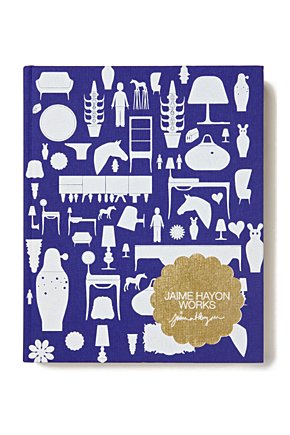
Artist Christopher Stott, Pear With Books
Earlier this summer, I visited Flannery O'Conner's home, Andalusia, as well as Margaret Mitchell's Atlanta apartment, where she wrote Gone With The Wind. Both are part of the Southern Literary Trail, a special event this year celebrating classic Southern writers in Mississippi, Alabama, and Georgia. The Trail got me thinking - there are so many great Southern writers I either haven't read, or haven't read much of - if I can't TRAVEL the Trail, why not READ my way through the Trail? Now, there are too many great Southern authors to read everyone (or everything they wrote), but I've selected a few for my own challenge. I'm off on the Trail! Here's my route:
1) Mud on the Stars, William Bradford Huie (Hartselle, Alabama)
2) The Complete Short Stories, Truman Capote (Monroeville, Alabama)
3) A Good Man is Hard to Find, Flannery O'Conner (Milledgeville, GA)
4) The Invisible Man, Ralph Ellison (Tuskegee, AL)
5) The Collected Plays, Lillian Hellman (Demopolis, Alabama)
6) As I Lay Dying, William Faulkner (Oxford, MS)
7) The Moviegoer, Walker Percy (Greenville, MS)
8) The Golden Apples, Eudora Welty (Columbus, MS)
9) The Glass Menagerie, Tennessee Williams (Columbus, MS)
10) The Beautiful and Damned, F. Scott Fitzgerald (Montgomery, AL)
Caveat: this list is subject to change, based on whimsy. I may switch the works around a little... but I have until September 21st, when the challenge ends, to figure it out!




















